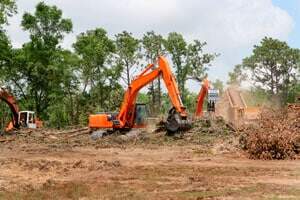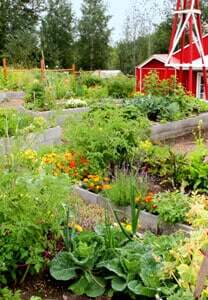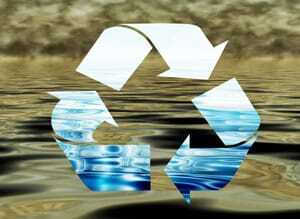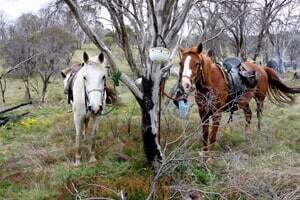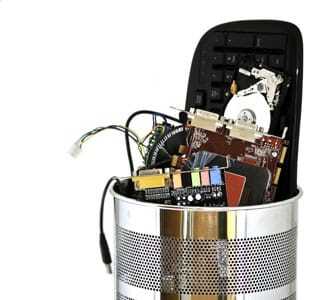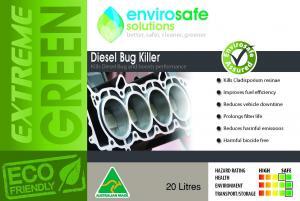Today, Envirosafe Solutions looks at some of the new techniques in green agriculture that are being developed and adopted in Australia.
 Whenever we refer to agriculture, we always think about large scale harvesters, massive use of fertilizers, large scale irrigation, aerial crop dusting, etc. Well, all that has changed with the introduction of Regenerative Agriculture in New South Wales, Australia. 1 This new approach to agriculture is gaining significant momentum and is now considered a hallmark of green agricultural practices amongst those “in the know” when it comes to developing sustainable agriculture techniques.
Whenever we refer to agriculture, we always think about large scale harvesters, massive use of fertilizers, large scale irrigation, aerial crop dusting, etc. Well, all that has changed with the introduction of Regenerative Agriculture in New South Wales, Australia. 1 This new approach to agriculture is gaining significant momentum and is now considered a hallmark of green agricultural practices amongst those “in the know” when it comes to developing sustainable agriculture techniques.
Regenerative Agriculture
These days it is fashionable to talk about the need for new techniques in agriculture and how there is need for agriculture to be pro-earth and not against the natural ecosystems. 2 We hear how new techniques in agriculture should maintain and even improve the soil structure, enhance biodiversity, maintain water resources, maintain the levels of soil organic matter, etc. Regenerative agriculture, the latest of new techniques in agriculture does all that and more.
Until recently scientists and farmers took these set of requirements to be a pipe dream until, a few innovative and observant farmers from the Central West of New South Wales decided to study how Mother Nature managed its affairs and mimic it to whatever extent possible.
The Theory on Regenerative Agriculture
After studying how nature managed green cover, a handful of Aussie farmers came up with new techniques in agriculture which they called ‘pasture cropping’.3 Principal amongst these were two farmers Colin Seis and Darryl Cluff. These new techniques in agriculture were christened Cluff and Seis pasture cropping technique. The farmers observed that the native Australian grasses (C4) grew only in warm season whereas the Australian winter cereals (C3) grew only in the winter season. Further, they calculated that if they seeded the pasture land with winter cereals (C3) it would be ready for harvesting by summer and the same land could then grow the native grass which is eaten by the cattle. So they hypothesised that they could do cattle farming as well as agricultural farming on the same land. This is something that was never done before. Effectively, new techniques in agriculture were being created.
Problems associated with standard agricultural practices4
Normally, preparation of land for agriculture involved the removal of all existing vegetation from the land to be cultivated. This resulted in barren land both before and after cultivation. Barren land resulted in soil erosion and also between seasons the land would be taken over by unpalatable grasses or weeds resulting in rapid nutrient decline. Fertilisers only provided temporary relief. In the long term the soil always degraded.
The Birriwa-Gulgong district in Central West of New South Wales receives an average of around 600 mm of annual rainfall. 5 Those who remember it, in 1995 there was an 18-month drought. During this period Darryl Cluff seeded oat crop in an area normally covered with native red grass. Tests indicated that the subsoil moisture level was zero. Conventional logic indicated that the oat crop would not survive but not only did it survive, it flourished and new techniques in agriculture locally called the ‘Cluff and Seis pasture cropping technique’ were born.6 The winter season saw crops being planted and the summer season was for native Australian grass which was used to feed the cattle. Soil testing indicated that the soil did not degrade and also the biodiversity was maintained.
Envirosafe Solutions supports developments and adoption of regenerative agriculture practices. And the Envirosafe Solutions Extreme Green range also fits in with this approach. With a lower environmental impact and a greater respect for the Australian ecosystem, these products can make a considerable difference to your carbon footprint. For more information please call Envirosafe Solutions on 1300 889070.
References
1. Regenerative agriculture explained: http://newfarm.rodaleinstitute.org/features/0802/regenerative.shtml
2. Pro-Earth agriculture: http://www.sdc.admin.ch/en/Home/Themes/Water/Water_for_food
3. Pasture cropping explained: http://www.winona.net.au/farming.html
4. Problems associated with standard agricultural practices: http://en.wikipedia.org/wiki/Factory_farming
5. Gulgong, New South Wales: http://en.wikipedia.org/wiki/Gulgong,_New_South_Wales
6. Upcoming courses on pasture cropping: http://regenag.com/web/upcoming-courses.html








